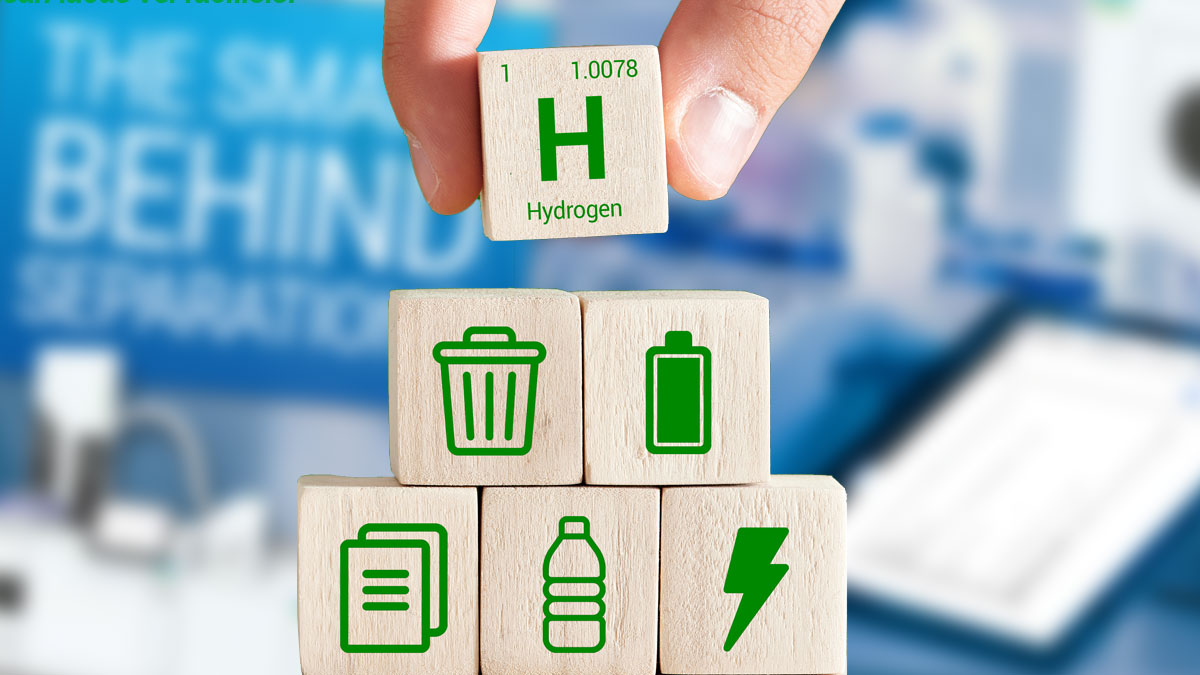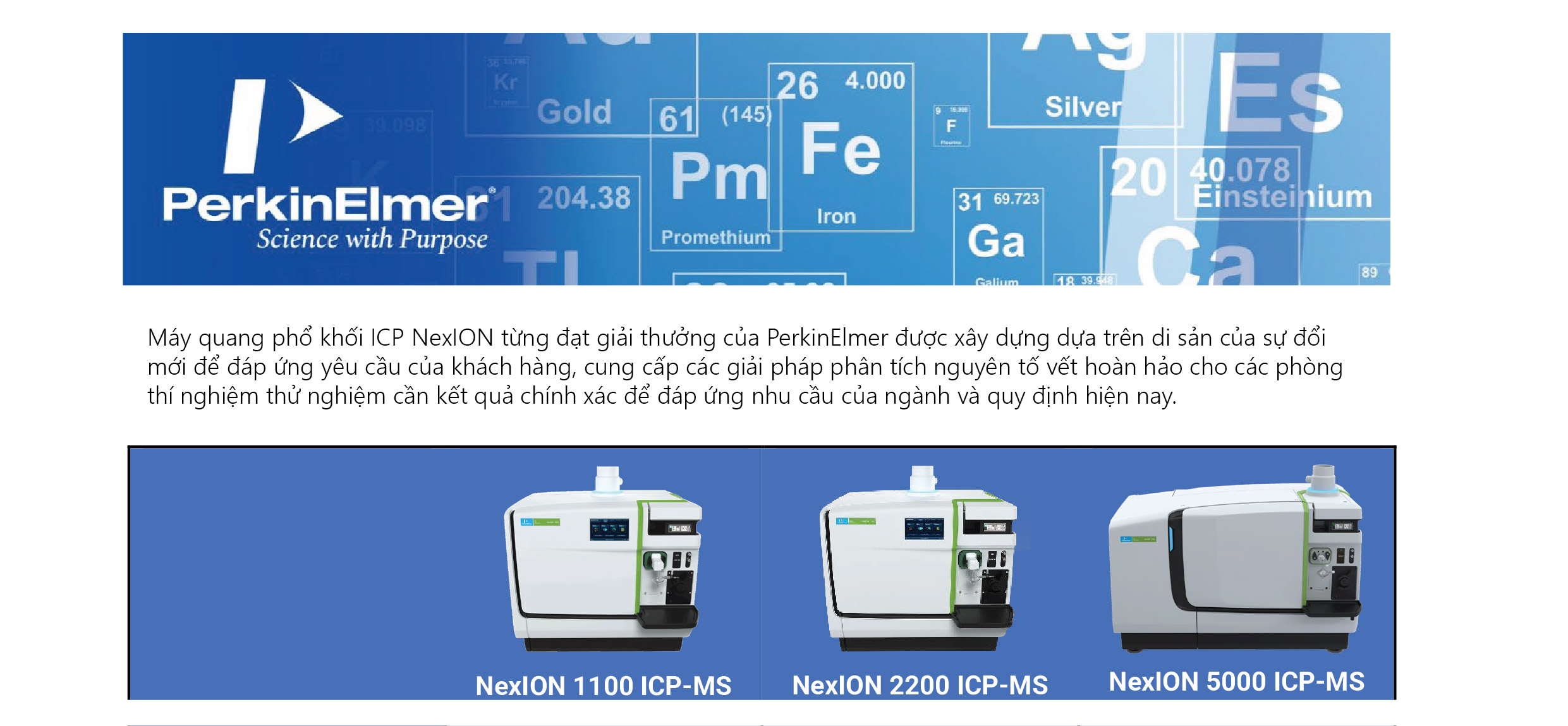Khám phá xu hướng
Hơn 300+ bài viết xu hướng sẽ có ích cho bạn
Không khí
5 Things to Know About Sustainability in the GC Lab
 04/07/2024
04/07/2024
The term “sustainable development” was coined by the United Nations1 and it is described as “Development that meets the needs of the present generation without compromising the ability of future generations to meet their own needs”2 and it is the cornerstone of the United Nations 2030 Agenda
Governments, companies, and other stakeholders are currently implementing plans aimed at reaching the objectives of sustainability described in the United Nations 2030 Agenda.
Laboratories are no exception. Labs can meet their analytical and business goals while adhering to the UN plans by choosing practices, equipment and materials that enable sustainable growth.
This blog features a critical discussion on applying sustainability practices in labs using Gas Chromatography (GC) – including the five important questions everyone should know.
5 Important Questions Regarding Sustainability in the GC Lab
1. How does “sustainability” connect to “sustainable development”
Sustainability and sustainable development are often used interchangeably. Both refer to the danger of consuming the limited natural resources we have on our planet. However, nuances of meaning help differentiate sustainability and sustainable development.
Sustainability describes the concept of managing resources without depleting them or by implementing processes to replenish them. Besides environmental sustainability, which concerns earth’s natural resources, economic and social sustainability relates to meeting people’s current economic and social needs without compromising resources for future generations.
Sustainable development can be described as processes for improving long-term economic well-being and quality of life without compromising future generations’ ability to meet their needs.
Sustainability in the lab can be seen as having dual definitions: one related to environmental efforts and one focused on business strategy. For example, a sustained, lasting business plan ensures the future success of the lab.
These two definitions can move forward and work in tandem to support one another. Environmental sustainability should be seen as a way to positively impact the lab, and its implementation should aim at benefiting the environment and lowering operational costs.
2. How can business sustainability be implemented for GC labs?
Saving energy, gas, and operational costs are some of the advantages of creating a sustainable lab.
Selecting hardware and software capable of supporting multiple workflows improves efficiency by creating economies of space and eliminating the need for the extra resources that duplicate instruments require.
For example, the PerkinElmer GC 2400™ Platform is a comprehensive workflow easily reconfigured with different autosamplers and injectors, with the PerkinElmer SimplicityChrom™ Chromatography Data System (CDS) Software automatically recognizing and configuring them. Flexibility and automation such as this increases efficiency and allows for the adoption of scalable solutions to match the needs of a growing laboratory.
Flexible work-from-home and hybrid settings can also promote sustainability. For example, some digitally enabled GC labs can remotely monitor and control their workflows via smart devices and web apps.
In gas chromatography, the carrier gas acts as the mobile phase and moves the vaporized solutes through the column. Using readily available and greener alternative gases can help GC labs minimize operational costs.
3. How do carrier gases impact the GC lab?
Nitrogen, hydrogen, and helium can be used as carrier gases for GC systems. Carrier gas selection impacts the resolution, retention time, and throughput of the workflow.
Helium is the typical gas used as a carrier. This finite resource was subject to shortages and price variability in the last year, which made dependency unstable and unpredictable.
To overcome helium shortages and price instability, many GC labs are looking for ways to use less helium in their operations. Recent advances in laboratory instrumentation have made it possible to reduce helium use. For example, the GC 2400 Platform has a gas saver mode that helps manage and reduce gas consumption.
4. Is hydrogen an effective and sustainable alternative carrier gas to helium?
The challenges with helium have increased the focus on hydrogen and its potential. Many experts agree when proper safety controls are in place, hydrogen is a suitable, more effective carrier gas for GC workflows. It can be produced from diverse domestic resources, and its environmental impact depends on how it is made.
Hydrogen has historically been produced using fossil fuels. Several projects are underway to decrease costs associated and improve the sustainability of hydrogen production. These new hydrogen production techniques include electrolysis, in which electricity is used to split water molecules into hydrogen and oxygen; microbial biomass conversion; and waste stream fermentation.
These pathways enhance the sustainability of hydrogen production by recycling waste streams, using renewable biomass, and often being powered by renewable solar power.
5. What are the concerns with using hydrogen as a carrier gas?
While the advantages of using hydrogen as a carrier gas for GC are clear, the main argument concerns safety. Hydrogen can form an explosive mixture with air. Labs can safely take on the responsibility for using hydrogen as a carrier gas for GC by taking caution when designing both the laboratory and the experimental set-up. The development of safety-conscious standard operating procedures (SOPs), including a thorough chemical hygiene plan, will keep safety a central concern.
Innovations in GC instrumentation also address safety concerns associated with hydrogen. For example, the GC 2400 Platform has a built-in hydrogen sensor that is managed by SimplicityChrom CDS Software. The system is immediately set in Safety mode when a hydrogen leak is detected. Innovations such as this allow laboratories to use the more sustainable hydrogen as an alternative to helium in a safety-conscious manner.



 Chia sẻ
Chia sẻ

